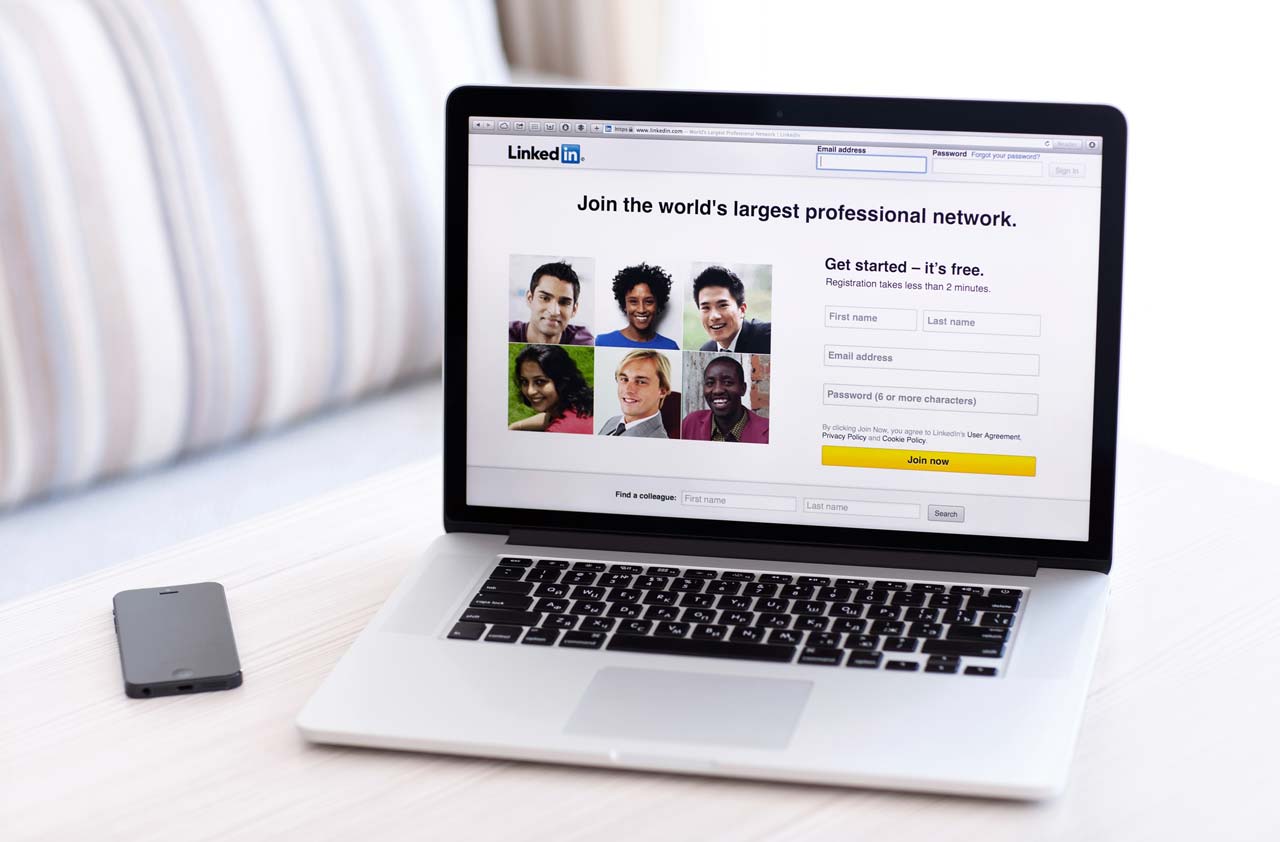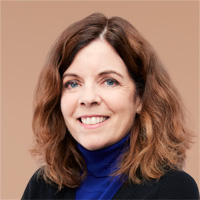Older Workers Rebuild Professional Networks With the Help of LinkedIn
It's not just job ads that have gone online. Networking has gone virtual, too.

Mark Stein ended up in a tough spot last year, just before turning 58. A change in management at the firm he worked at in Connecticut meant he needed to find a new job—and soon. Stein checked job boards, called friends and sent résumés. Then he focused on another tactic: fixing up his LinkedIn profile that he had set up years ago, and using it aggressively.
Out went Stein’s dated photo, showing him in a casual shirt, replaced by one with him in a suit and tie. He rewrote his summary to describe his skills as a communications professional, replacing a rambling paragraph listing former jobs and personal interests.
Stein made LinkedIn part of his daily job search routine. He set criteria for notification of job openings and used his connections to learn more about those openings. For one posting, he realized his network included a former colleague, who once worked with a manager at the think tank Stein was applying to. Stein reached out. “I asked, ‘What would it take to make me stand out?’ ” The former colleague gave him useful advice and offered to contact the manager. Stein tailored his application accordingly. He got the job.

Sign up for Kiplinger’s Free E-Newsletters
Profit and prosper with the best of expert advice on investing, taxes, retirement, personal finance and more - straight to your e-mail.
Profit and prosper with the best of expert advice - straight to your e-mail.
It’s not just job ads that have gone online. Networking has gone virtual, too. And LinkedIn, a website that calls itself the world’s largest professional network, is a key tool. Like other social media platforms, you create a profile and connect with other users. You can job search, find former colleagues, follow companies, or join industry and business groups. About 21% of LinkedIn users are ages 50 to 64, and another 8% are 65 and older, according to Pew Research Center. For an idea of just how big a deal LinkedIn is, this past December Microsoft acquired it for about $26 billion.
If you’re actively looking for a new job, you can’t just set up a LinkedIn account and sit back. Instead, like Stein, sharpen your strategy for using it. Say you’ve been a marketing professional for 30 years. You could spiff up your profile to show that you are interested in social media and innovation, on top of industry trends and current with your online training. “It’s totally how you spin it,” says Kerry Hannon, AARP’s jobs expert.
After signing up for an account at LinkedIn.com, fill out the fields listing your experience and education. For inspiration, find examples of profiles you like. Take LinkedIn’s free online tutorials. Skip overused buzzwords, such as “passionate” and “specialized.” And don’t confuse it with Facebook. “LinkedIn is strictly professional,” says Lori Russo, president of Stanton Communications, in Washington, D.C.
Get Kiplinger Today newsletter — free
Profit and prosper with the best of Kiplinger's advice on investing, taxes, retirement, personal finance and much more. Delivered daily. Enter your email in the box and click Sign Me Up.

-
 The AI Doctor Coming to Read Your Test Results
The AI Doctor Coming to Read Your Test ResultsThe Kiplinger Letter There’s big opportunity for AI tools that analyze CAT scans, MRIs and other medical images. But there are also big challenges that human clinicians and tech companies will have to overcome.
By John Miley Published
-
 The Best Places for LGBTQ People to Retire Abroad
The Best Places for LGBTQ People to Retire AbroadLGBTQ people can safely retire abroad, but they must know a country’s laws and level of support — going beyond the usual retirement considerations.
By Drew Limsky Published
-
 457 Plan Contribution Limits for 2025
457 Plan Contribution Limits for 2025Retirement plans There are higher 457 plan contribution limits for state and local government workers in 2025. That's good news for state and local government employees
By Kathryn Pomroy Last updated
-
 Medicare Basics: 11 Things You Need to Know
Medicare Basics: 11 Things You Need to KnowMedicare There's Medicare Part A, Part B, Part D, Medigap plans, Medicare Advantage plans and so on. We sort out the confusion about signing up for Medicare — and much more.
By Catherine Siskos Last updated
-
 The Seven Worst Assets to Leave Your Kids or Grandkids
The Seven Worst Assets to Leave Your Kids or Grandkidsinheritance Leaving these assets to your loved ones may be more trouble than it’s worth. Here's how to avoid adding to their grief after you're gone.
By David Rodeck Last updated
-
 SEP IRA Contribution Limits for 2025
SEP IRA Contribution Limits for 2025SEP IRA A good option for small business owners, SEP IRAs allow individual annual contributions of as much as $69,000 in 2024 and $70,000 in 2025..
By Jackie Stewart Last updated
-
 Roth IRA Contribution Limits for 2025
Roth IRA Contribution Limits for 2025Roth IRAs Roth IRA contribution limits have gone up. Here's what you need to know.
By Jackie Stewart Last updated
-
 SIMPLE IRA Contribution Limits for 2025
SIMPLE IRA Contribution Limits for 2025simple IRA The SIMPLE IRA contribution limit increased by $500 for 2025. Workers at small businesses can contribute up to $16,500 or $20,000 if 50 or over and $21,750 if 60-63.
By Jackie Stewart Last updated
-
 457 Contribution Limits for 2024
457 Contribution Limits for 2024retirement plans State and local government workers can contribute more to their 457 plans in 2024 than in 2023.
By Jackie Stewart Published
-
 Roth 401(k) Contribution Limits for 2025
Roth 401(k) Contribution Limits for 2025retirement plans The Roth 401(k) contribution limit for 2025 increased, and workers who are 50 and older can save even more.
By Jackie Stewart Last updated